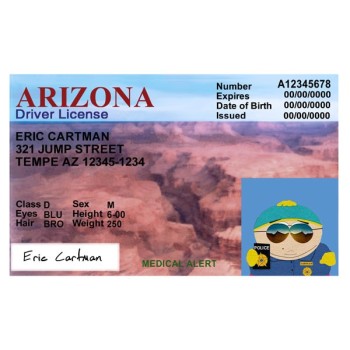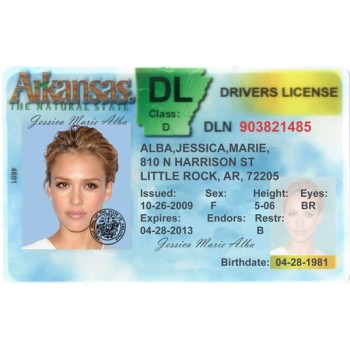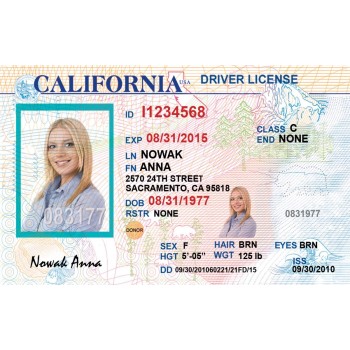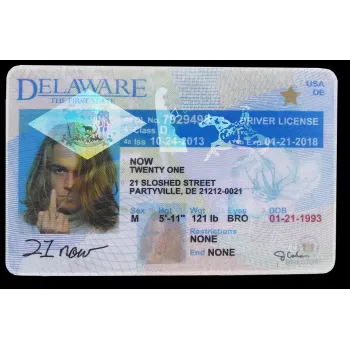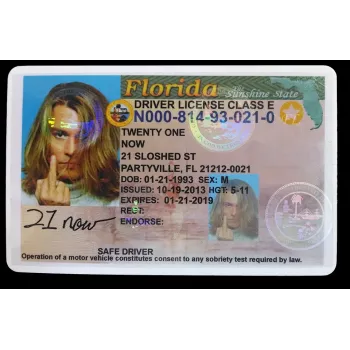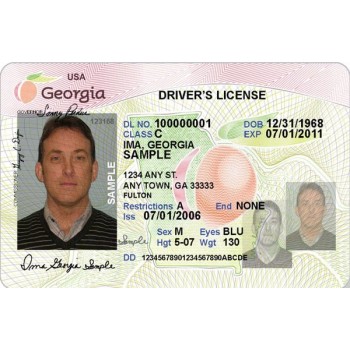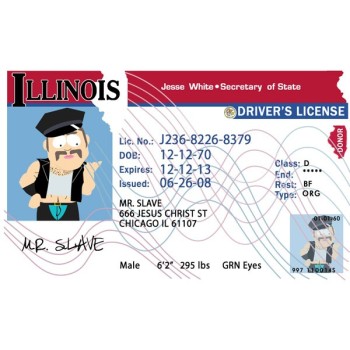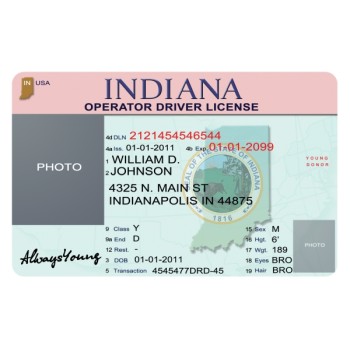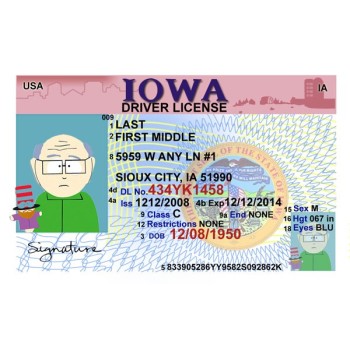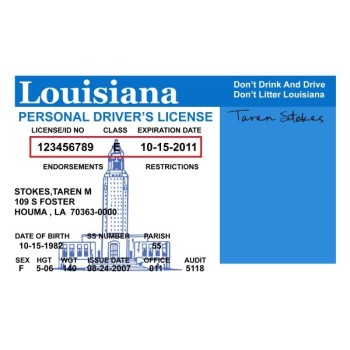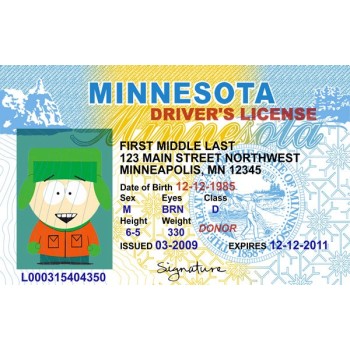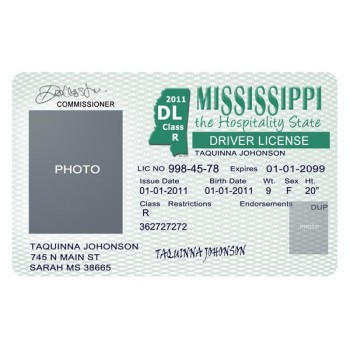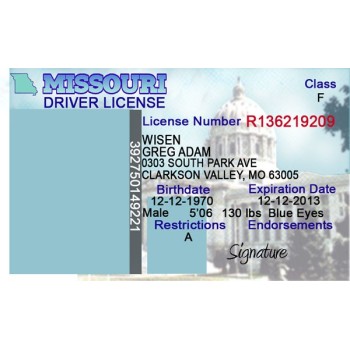Introduction"Fake ID by Mail and Modem" by Trent Sands, published by Loompanics Unlimited in 2000, is an in-depth manual that examines acquiring fake identification documents using mail-order companies. The book is valuable reading for any person looking to understand the means and sources employed to obtain fake IDs, passports, driving licenses, and other forms of identification.
Content Summary
The book begins by professing it is solely for information purposes only. The publisher and author state that they bear no responsibility if it is misused. This is an indication that it is for learning purposes and not to assist in perpetrating any crime
People and companies obtain fake IDs from mail-order businesses in various ways, which include mail covers, according to Trent Sands. A mail cover allows police to observe where an address is mailed to an individual or enterprise. Since mail remains in possession of the U.S. Postal Service, it is not necessary for them to obtain a search warrant for it. The FBI relied heavily upon this technique in the 1980s, and it is an effective means of following up on information about potential suspects.
Another new process that is being discussed is ordering "drop boxes." They are actual locations where individuals can order anonymously without revealing one's self. Drop boxes tend to deal directly with middlemen, making it difficult for the police to track where orders originate from. This provides individuals desiring counterfeit ids more anonymity and protection.
The book examines "modem-based services," which were novel at that time but nowadays are commonplace. They allow individuals to purchase counterfeit IDs online, most of them in secure manners that it is difficult for police to follow up on. Sands provides detailed explanations of these schemes and recounts tips on becoming anonymous.
Various Concepts
An interesting aspect of "Fake ID by Mail and Modem" is that it tells us why individuals need fake identities. Sands discusses various scenarios where individuals may require bogus identification, such as engaging in illicit activities or leading clandestine lives that no one can uncover. This section of the book helps us know why individuals opt for these alternatives and poses larger questions pertaining to identity fraud.
The book includes case studies and actual examples of the application of these methods. They render what would otherwise be dry, technical information more engaging, and people like reading about them more.
Critique
"Fake ID by Mail and Modem" contains much information but also has limitations. The book is well over two decades old, and most of what it discusses is passé or no longer used due to the advent of newer technology and law-enforcement techniques. Yet that does not diminish its value as an historic document illustrating what fraud of this type was like in an earlier time period
The writing is accessible to new readers as well as to readers familiar with something about the subject matter. Sands' friendly mode of writing simplifies difficult notions even as it maintains crucial information.
End Trent Sands' "Fake ID by Mail and Modem" is a book that provides valuable information on fake IDs purchased by mail. Although it was published years ago, it remains relevant to individuals looking to gain insight into the history and origin of identity frauds. It discusses particular techniques such as mail covers and drop boxes and examines why individuals engage in these practices, making it an informative book on this subject.
Content Summary
The book begins by professing it is solely for information purposes only. The publisher and author state that they bear no responsibility if it is misused. This is an indication that it is for learning purposes and not to assist in perpetrating any crime
People and companies obtain fake IDs from mail-order businesses in various ways, which include mail covers, according to Trent Sands. A mail cover allows police to observe where an address is mailed to an individual or enterprise. Since mail remains in possession of the U.S. Postal Service, it is not necessary for them to obtain a search warrant for it. The FBI relied heavily upon this technique in the 1980s, and it is an effective means of following up on information about potential suspects.
Another new process that is being discussed is ordering "drop boxes." They are actual locations where individuals can order anonymously without revealing one's self. Drop boxes tend to deal directly with middlemen, making it difficult for the police to track where orders originate from. This provides individuals desiring counterfeit ids more anonymity and protection.
The book examines "modem-based services," which were novel at that time but nowadays are commonplace. They allow individuals to purchase counterfeit IDs online, most of them in secure manners that it is difficult for police to follow up on. Sands provides detailed explanations of these schemes and recounts tips on becoming anonymous.
Various Concepts
An interesting aspect of "Fake ID by Mail and Modem" is that it tells us why individuals need fake identities. Sands discusses various scenarios where individuals may require bogus identification, such as engaging in illicit activities or leading clandestine lives that no one can uncover. This section of the book helps us know why individuals opt for these alternatives and poses larger questions pertaining to identity fraud.
The book includes case studies and actual examples of the application of these methods. They render what would otherwise be dry, technical information more engaging, and people like reading about them more.
Critique
"Fake ID by Mail and Modem" contains much information but also has limitations. The book is well over two decades old, and most of what it discusses is passé or no longer used due to the advent of newer technology and law-enforcement techniques. Yet that does not diminish its value as an historic document illustrating what fraud of this type was like in an earlier time period
The writing is accessible to new readers as well as to readers familiar with something about the subject matter. Sands' friendly mode of writing simplifies difficult notions even as it maintains crucial information.
End Trent Sands' "Fake ID by Mail and Modem" is a book that provides valuable information on fake IDs purchased by mail. Although it was published years ago, it remains relevant to individuals looking to gain insight into the history and origin of identity frauds. It discusses particular techniques such as mail covers and drop boxes and examines why individuals engage in these practices, making it an informative book on this subject.


